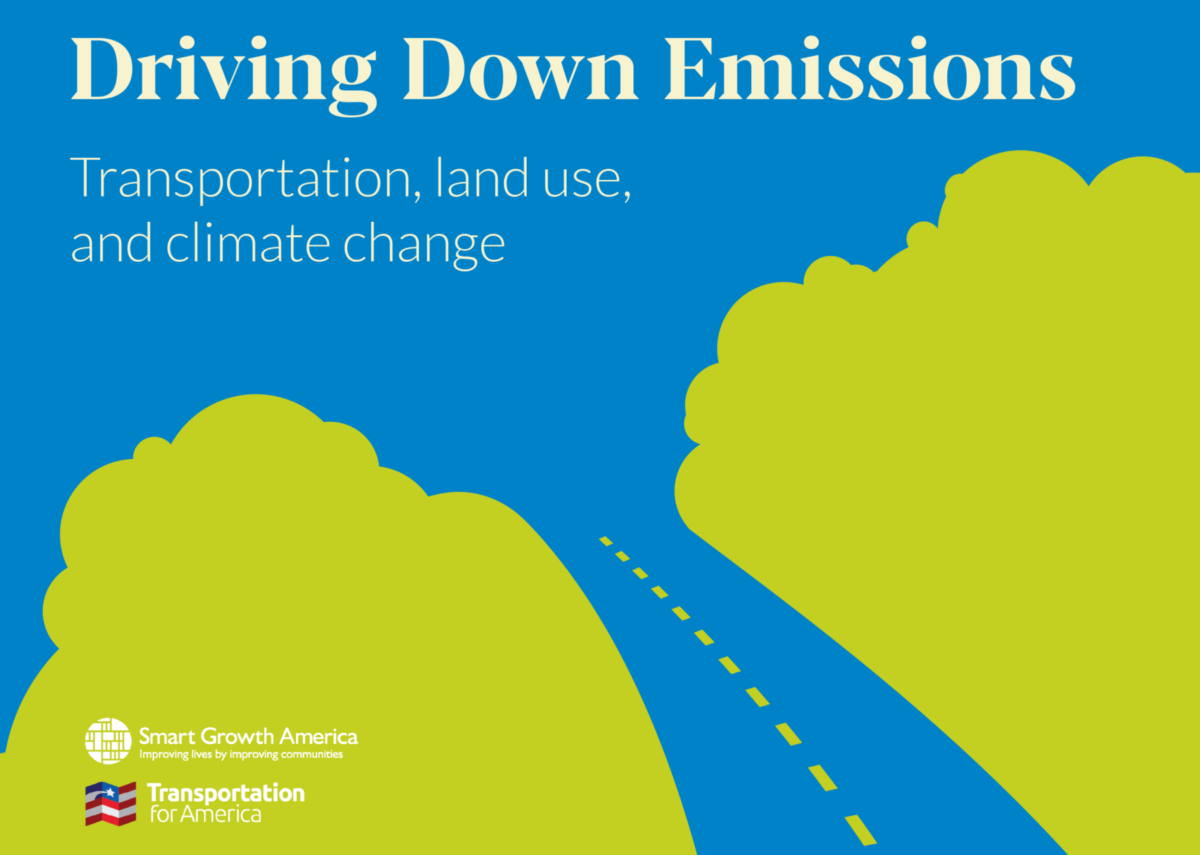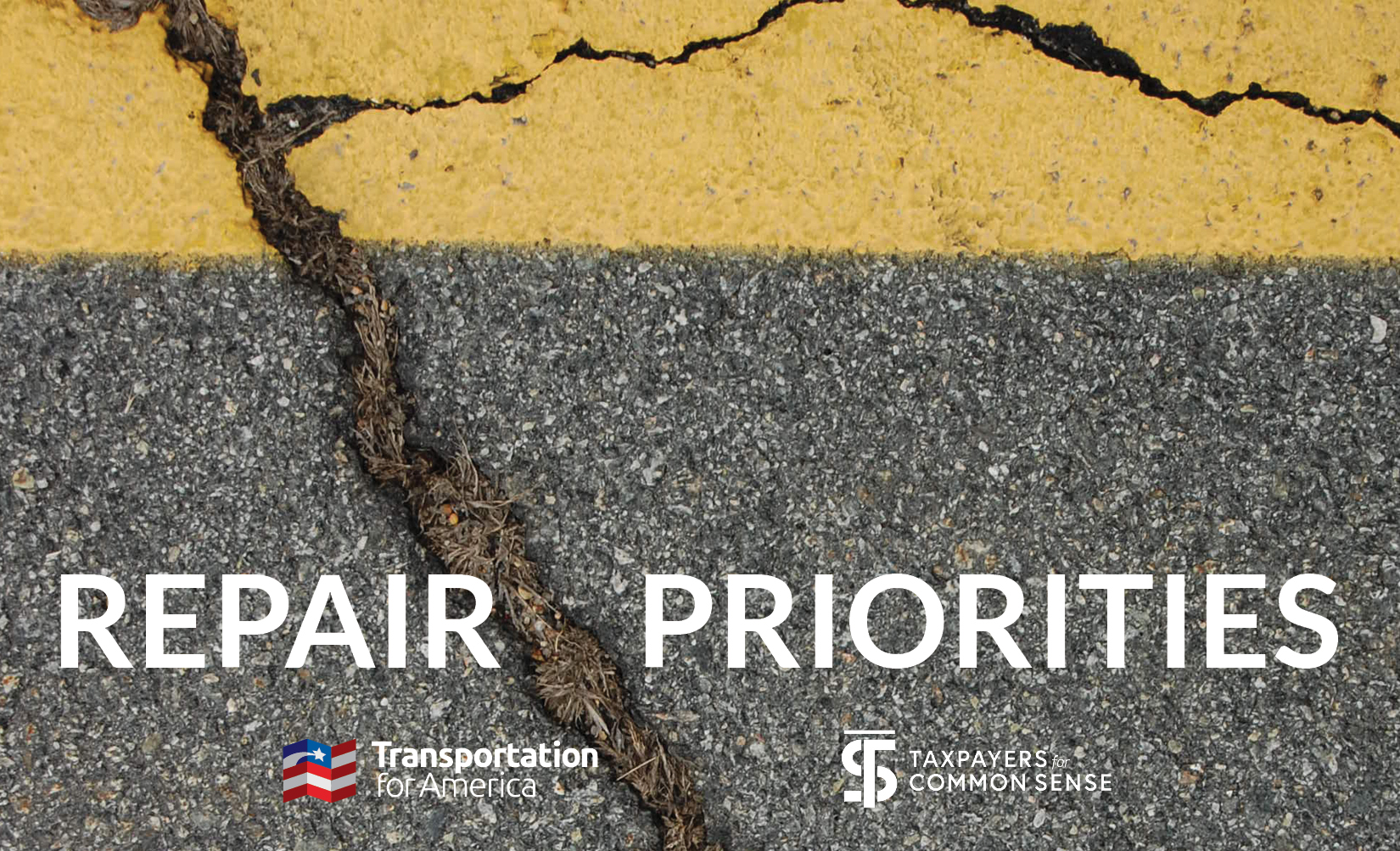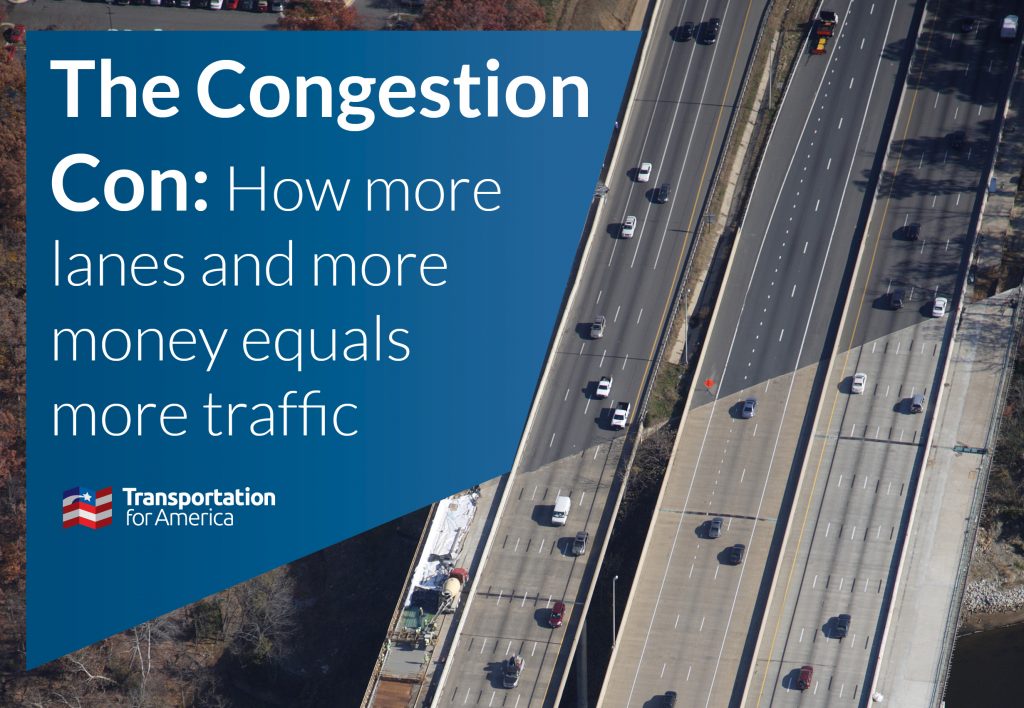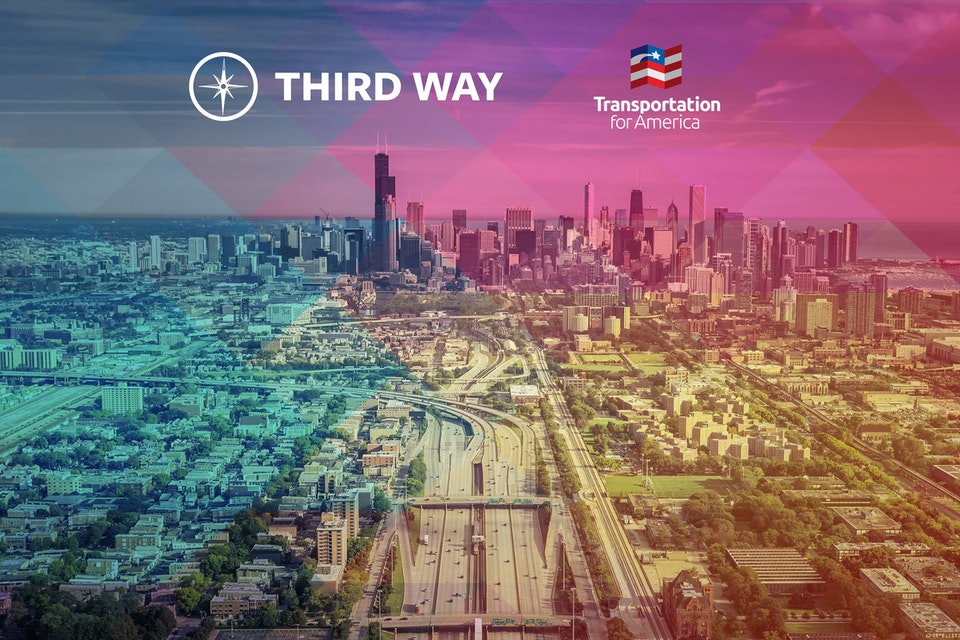Five for ’25: What to expect on transportation in the new year
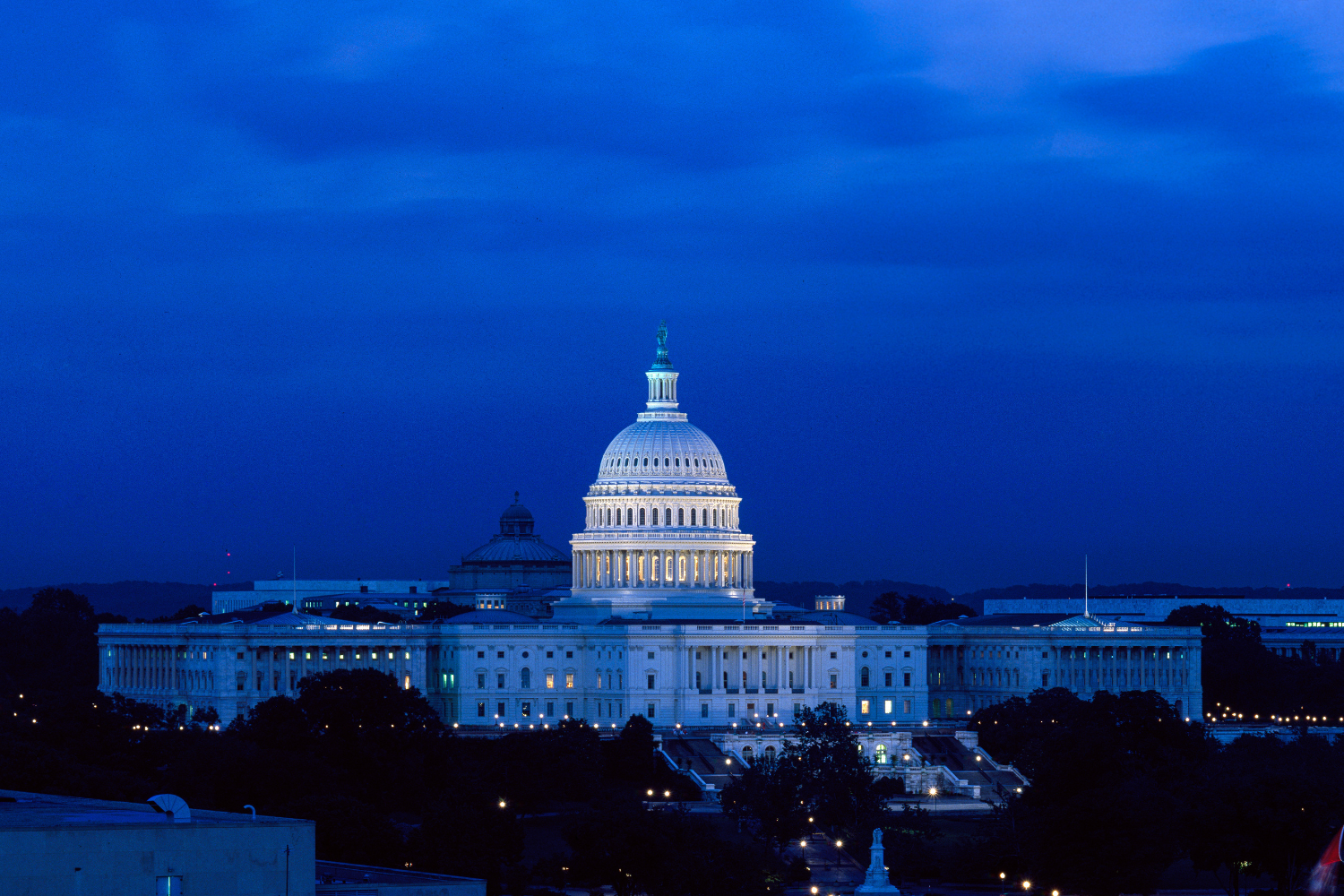
January will bring in a new presidential administration and a new Congress for the run-up to the reauthorization of the country’s transportation law in 2026. Though uncertainty prevails as power and leadership shifts in Washington, there are a few things we’re expecting to see in 2025. Here are five.
Meeting the moment after the 2024 elections
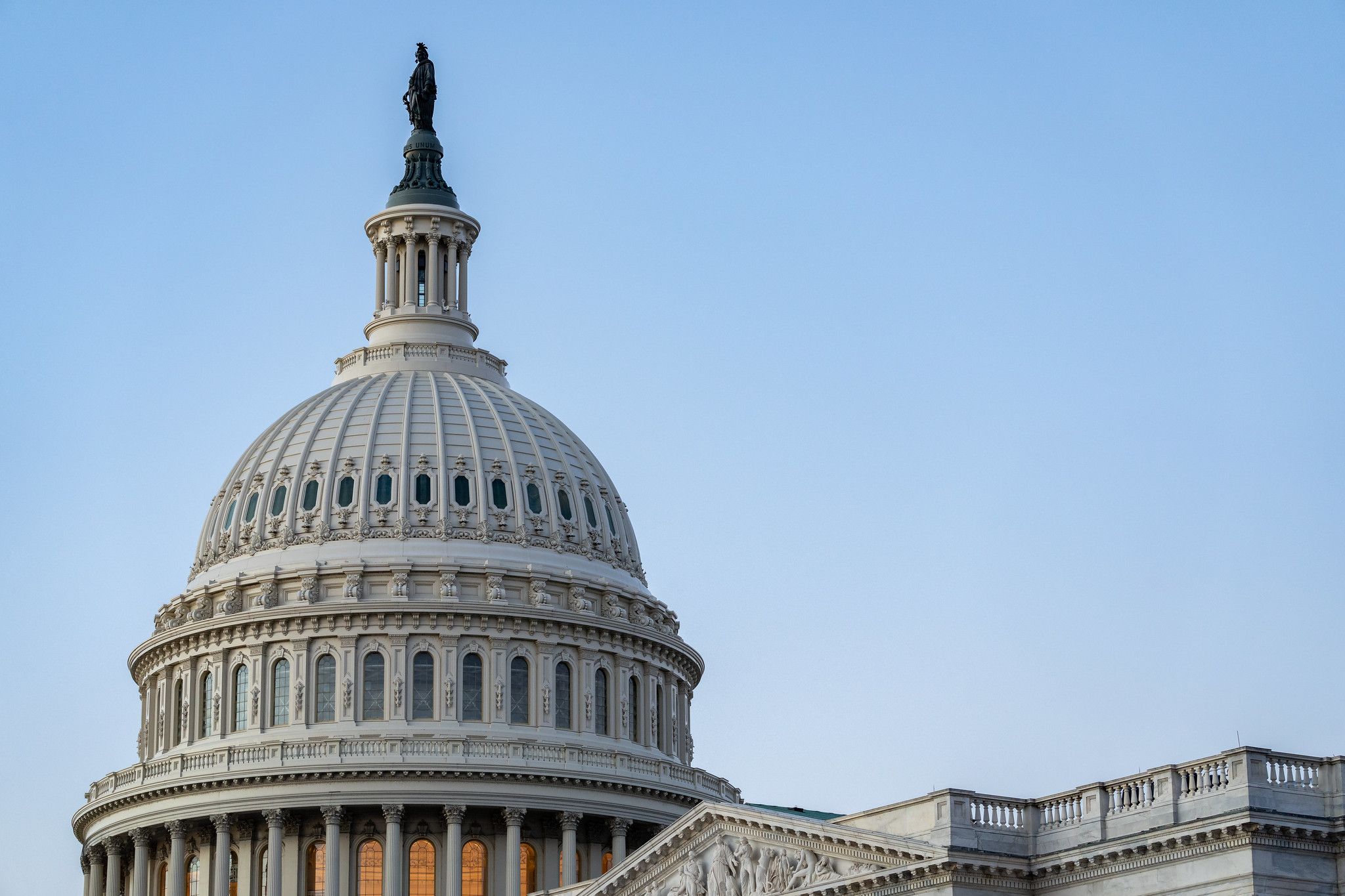
We are heading towards a budgetary cliff on a transportation program that has failed to deliver on every one of its promises, from congestion and emissions reduction to improved safety and access to work. Strong leadership is needed to ensure our transportation system is able to meet the needs of average Americans.
Voters across America show support for more transportation options
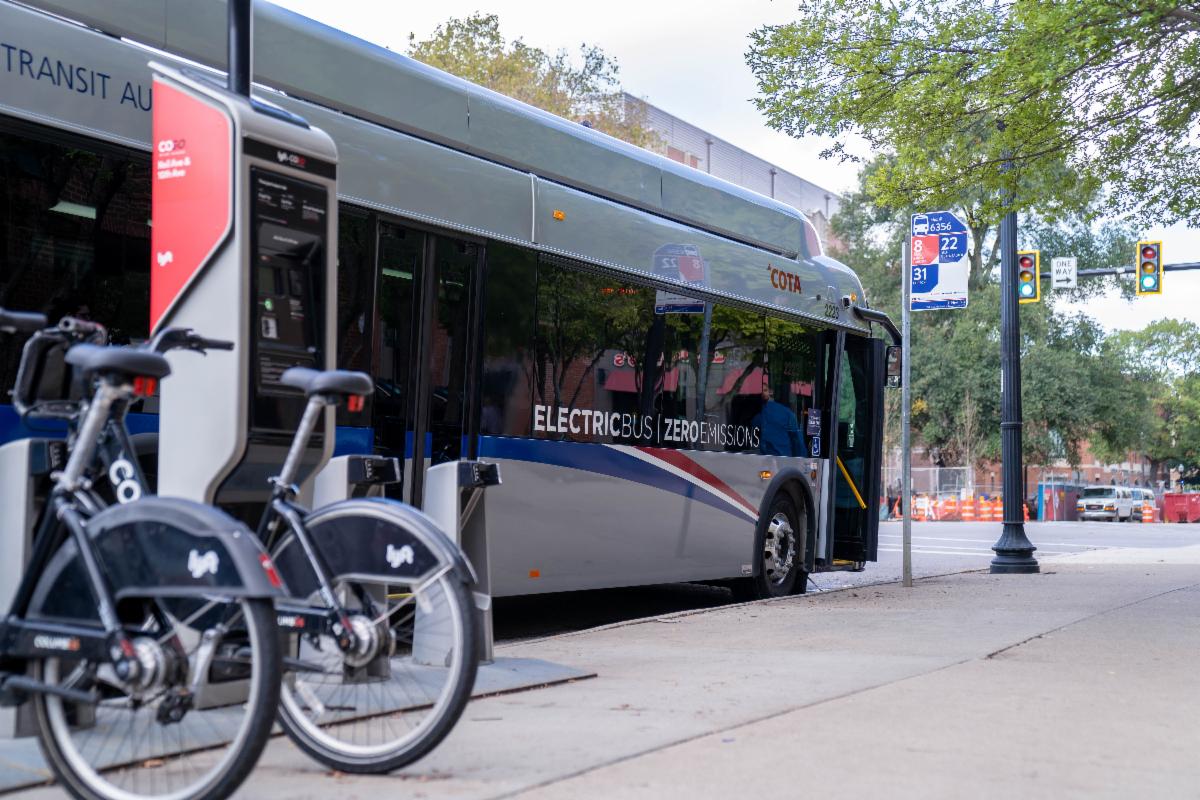
Throughout the United States, various measures for funding transportation improvements were approved, advancing efforts to invest in the rest at the local level.
Three transportation policy recommendations for state legislators and governors
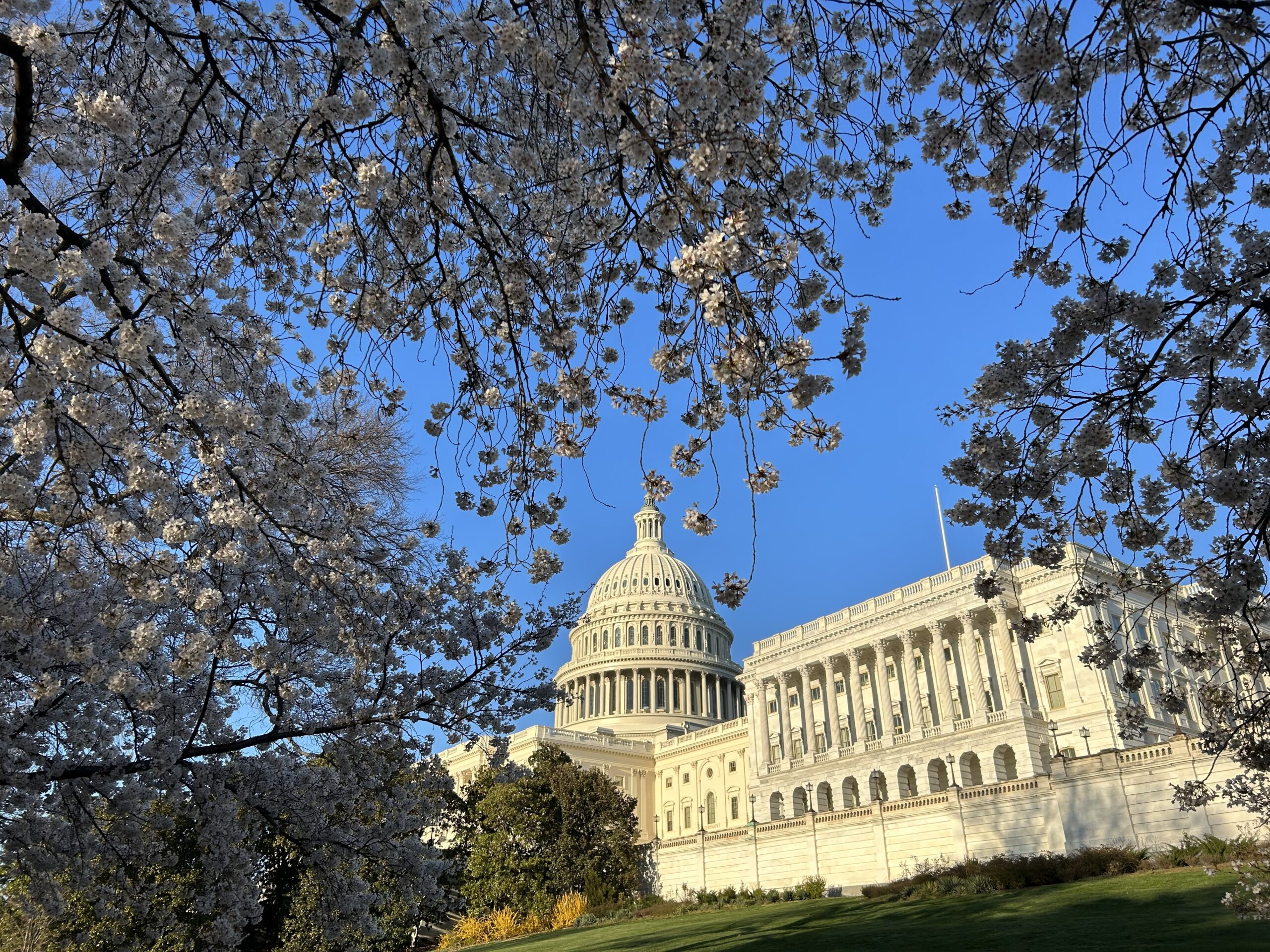
As new and returning governors and legislators prepare to take office, Transportation for America urges them to consider key transportation policy recommendations in this transition memo.
A pause for TransportationCamp DC
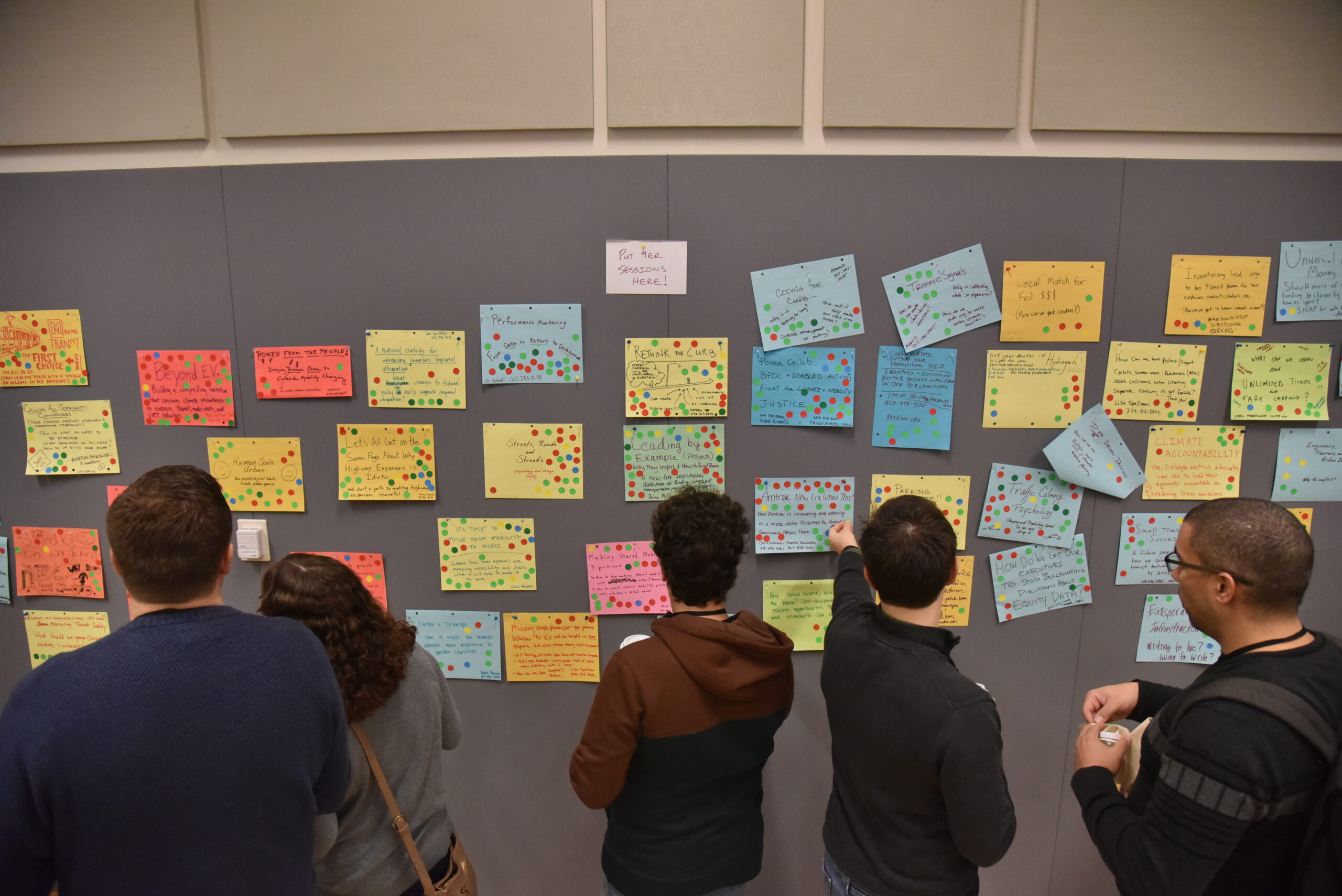
After careful consideration, Transportation for America is announcing that we have decided to pause TransportationCamp DC this coming January.
New tool to visualize transportation emissions—and how much we have left
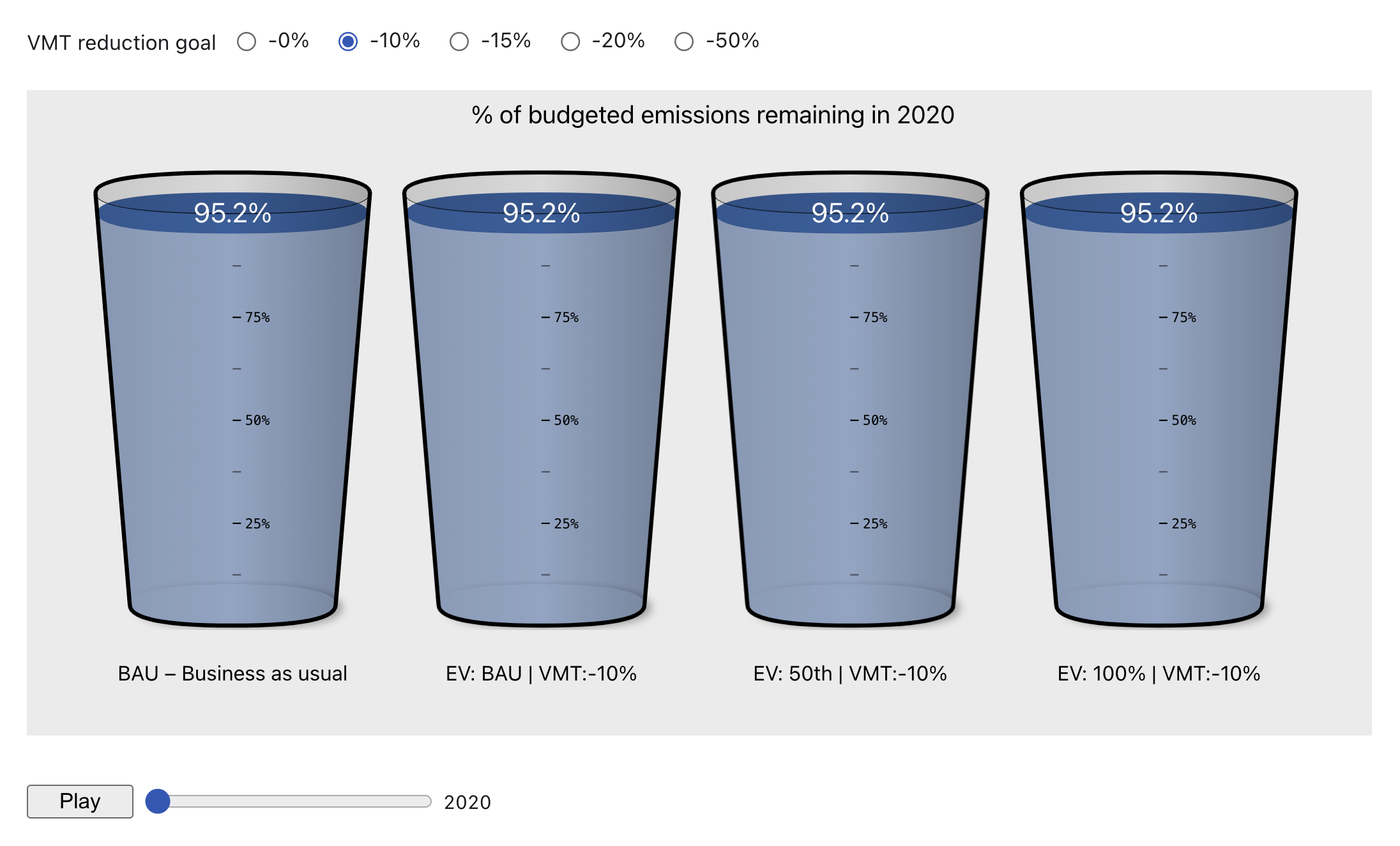
There is a limited amount of carbon emissions the US transportation sector can emit before the most extreme effects of climate change take hold. Our new tool shows when we might bottom out, locking in the negative consequences of climate change. Transportation’s role in emissions According to the EPA, transportation was responsible for more greenhouse […]
Perseverance pays off for Nashville
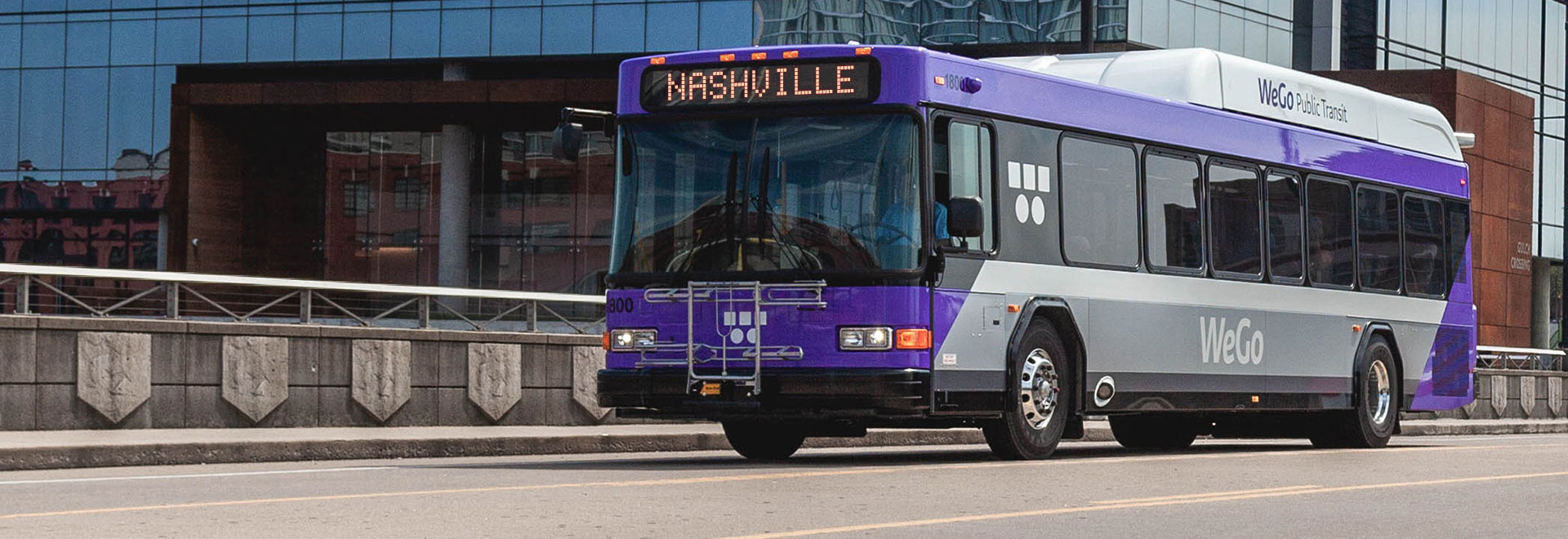
After well over a decade of effort, fast-growing Nashville finally passed a transit funding referendum, proving that patience, perseverance and learning from mistakes leads to success.
Three ways quick builds can speed up safety
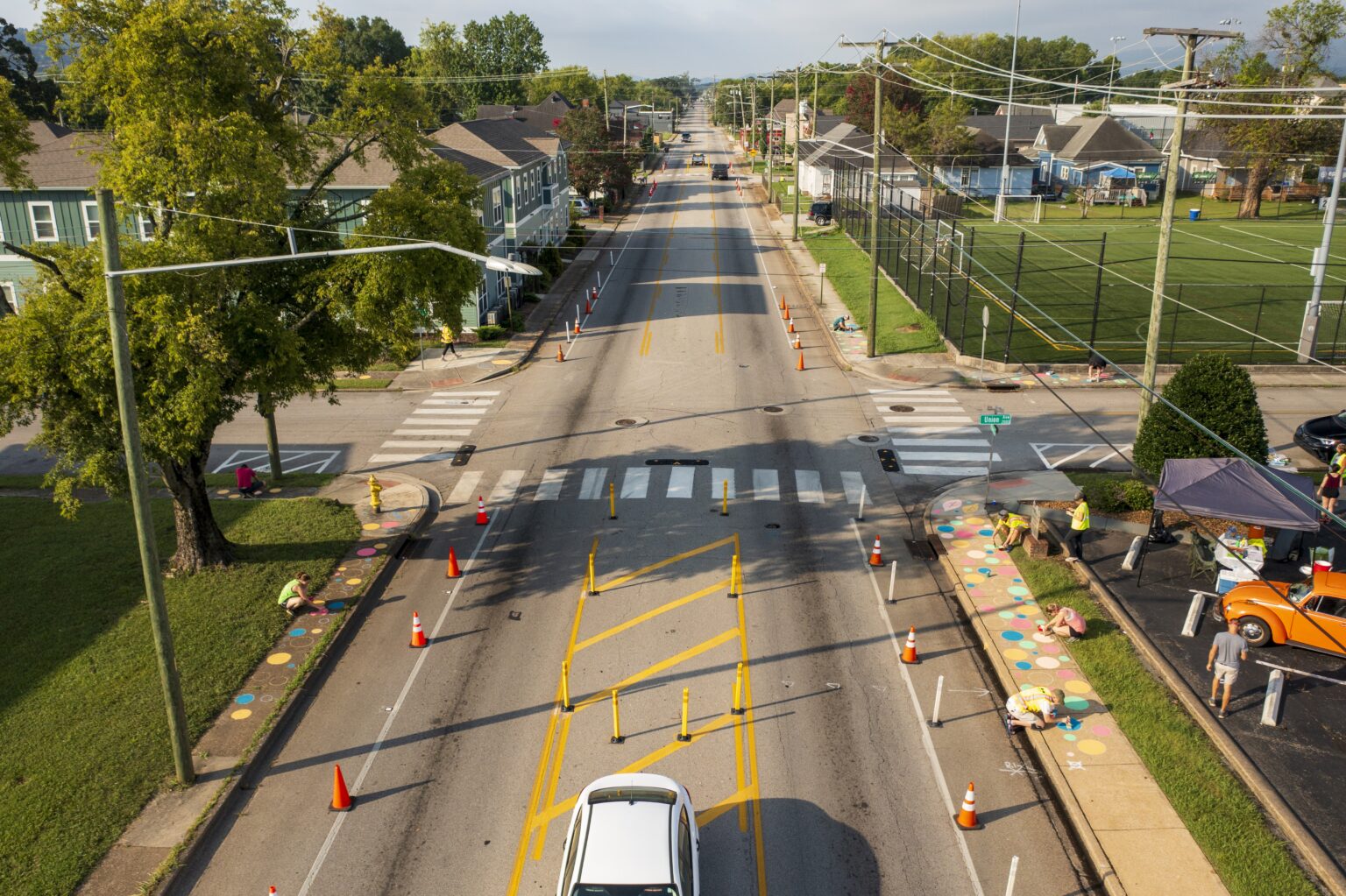
It will take years to unwind decades of dangerous street designs that have helped contribute to a 40-year high in pedestrian deaths, but quick-build demonstration projects can make a concrete difference overnight. Every state, county, and city that wants to prioritize safety first should be deploying them.
States say they put safety first. Why do people keep dying on state-owned roads?
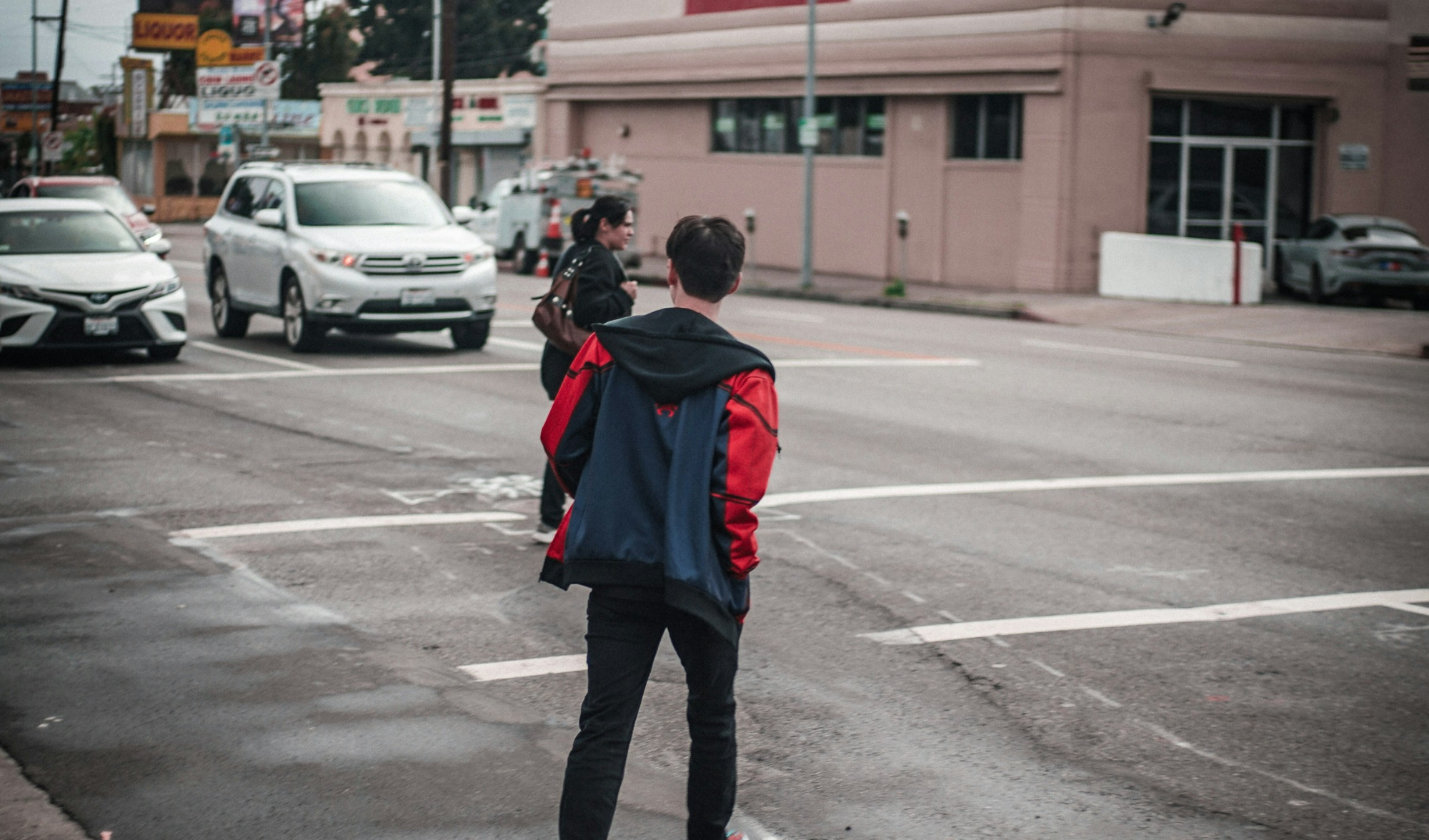
Ask anyone at a state DOT, and they’ll tell you that safety is their top priority. Despite these good intentions, our streets keep getting more deadly. To reverse a decades-long trend of steadily increasing pedestrian deaths, state DOTs and federal leaders will need to fundamentally shift their approach away from speed.
Why we need to prioritize safety over speed
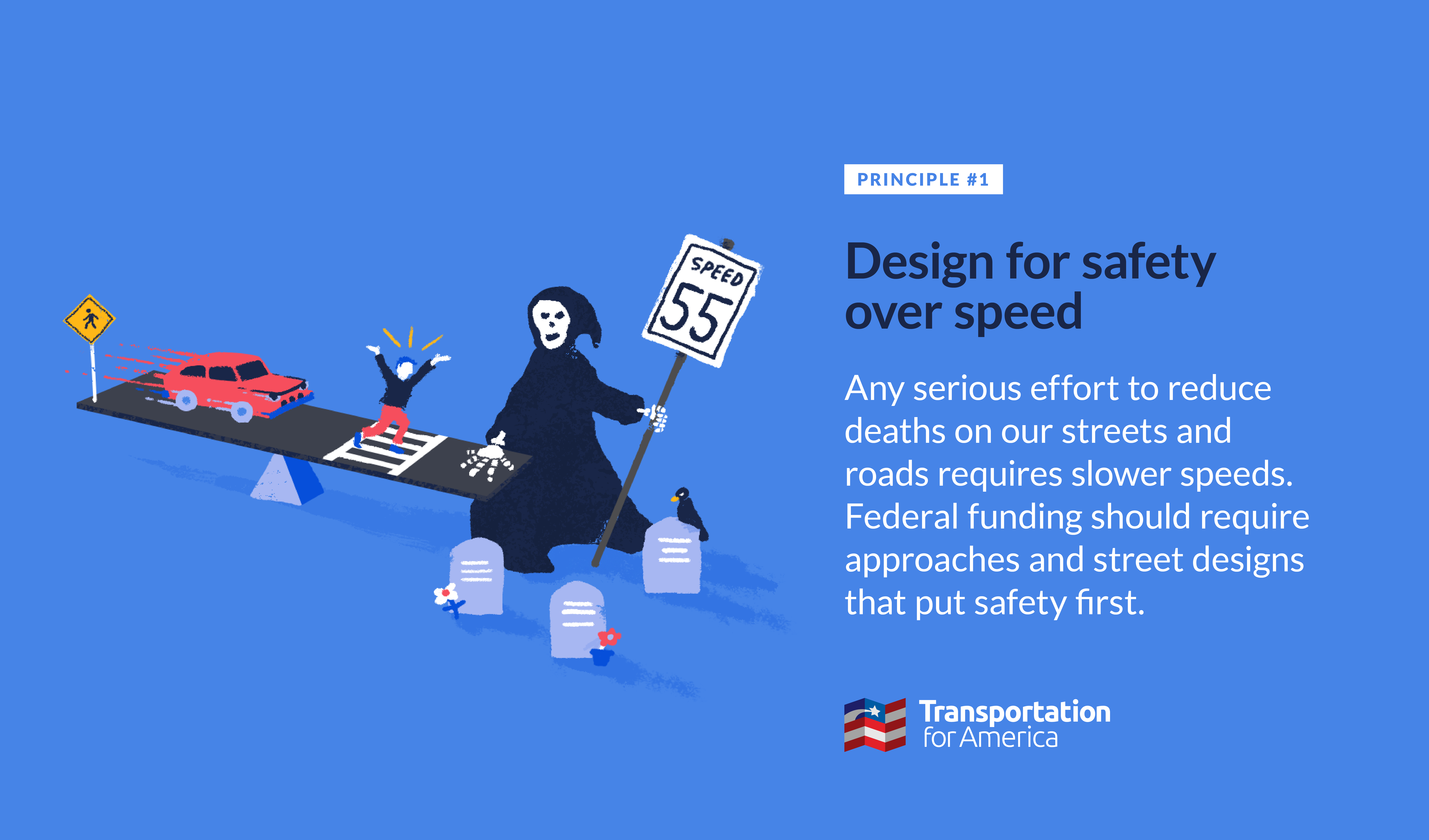
Our roads have never been deadlier for people walking, biking, and rolling and the federal government and state DOTs are not doing enough. If we want to fix this, we have to acknowledge the fact that our roads are dangerous and finally make safety a real priority for road design, not just a sound bite.
Another hurdle cleared for passenger rail on the Gulf Coast

Today, the Federal Railroad Administration, Amtrak, the Port of Mobile, CSX, and Norfolk Southern (NS) signed a $178 million grant agreement to fund necessary construction between Mobile and New Orleans, an important hurdle for passenger rail service to return to the Gulf Coast.
Fix it first in practice
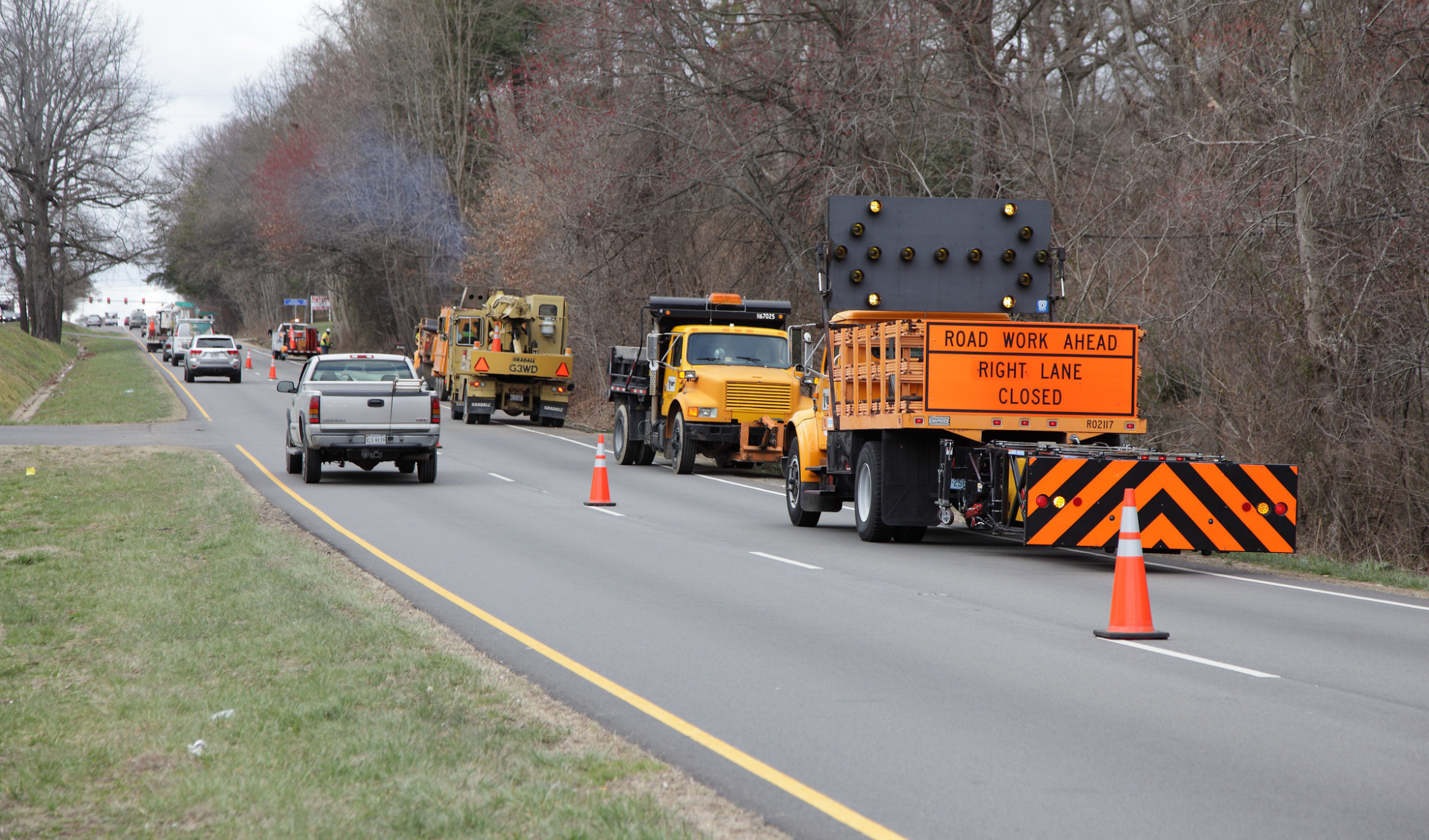
One of our recently launched principles, fix it first, targets maintenance over expansion, advocating for federal highway dollars to be spent repairing old roads and bridges before expanding or building new ones. So, what would it look like in practice to implement this principle into the federal transportation program, to shift our states’ priorities away from grand openings and toward more resilient transportation infrastructure?
We can’t afford to keep avoiding repair
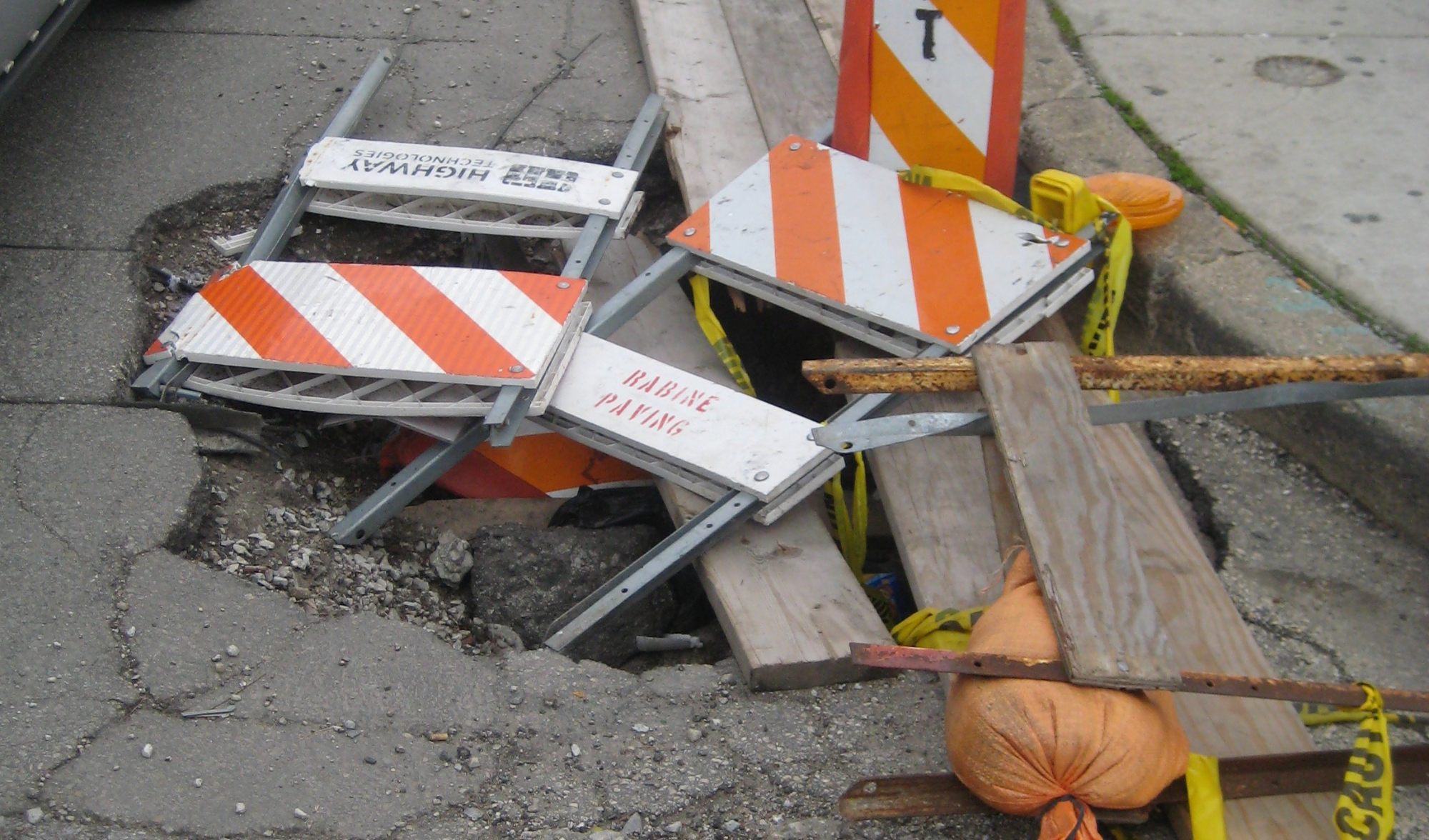
When decision-makers fail to prioritize basic maintenance and repair, everyday Americans pay the price—in increased costs, increased time on the road, and suffering local economies. We can’t keep wasting taxpayer dollars without a clear plan to maintain what we’ve already built.
It’s time to stop expanding and start maintaining
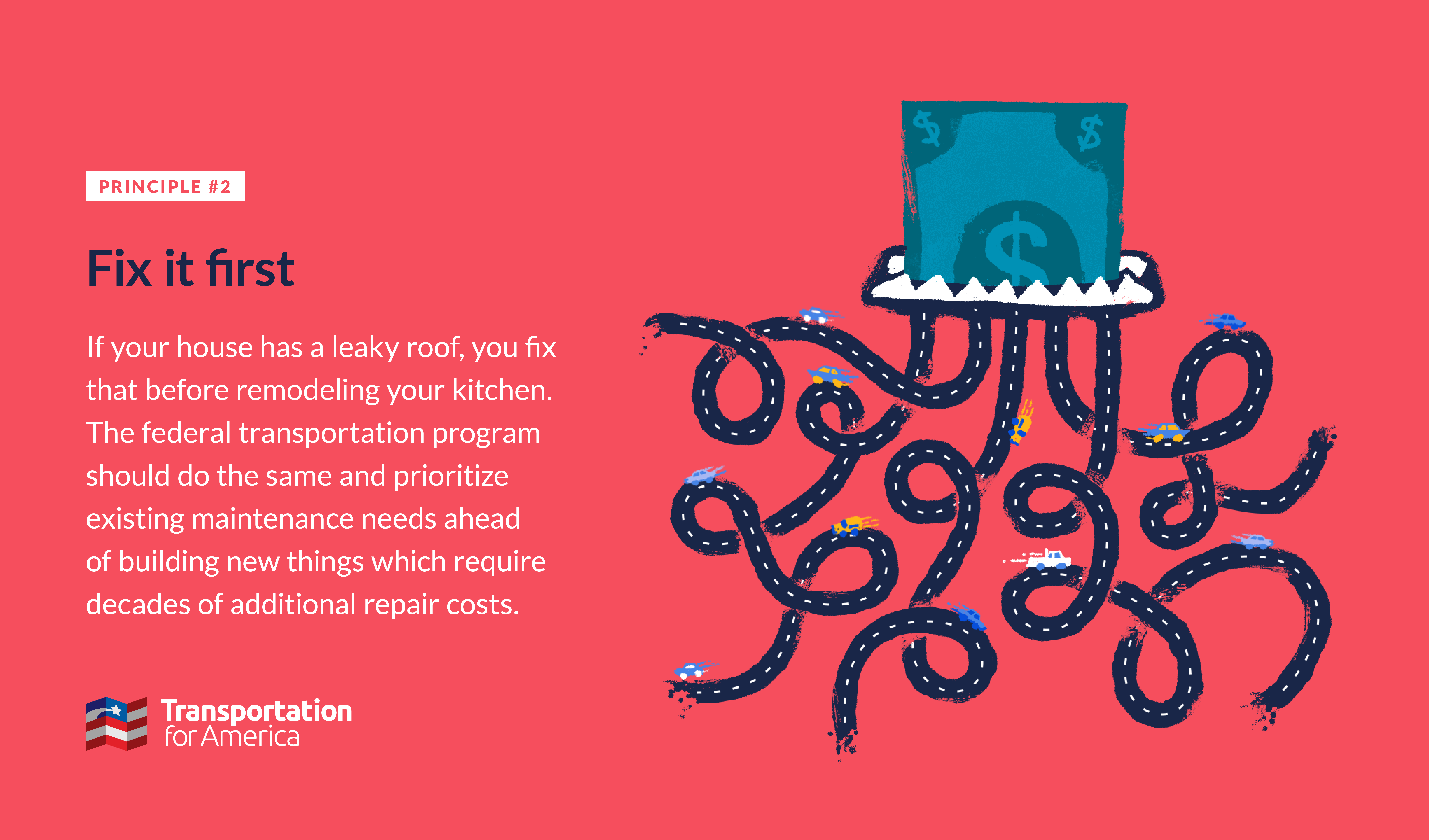
To reshape our transportation system and address staggering maintenance needs, we must prioritize repairing existing infrastructure before expanding our roadways any further.
Four ways our federal leaders can invest in the rest
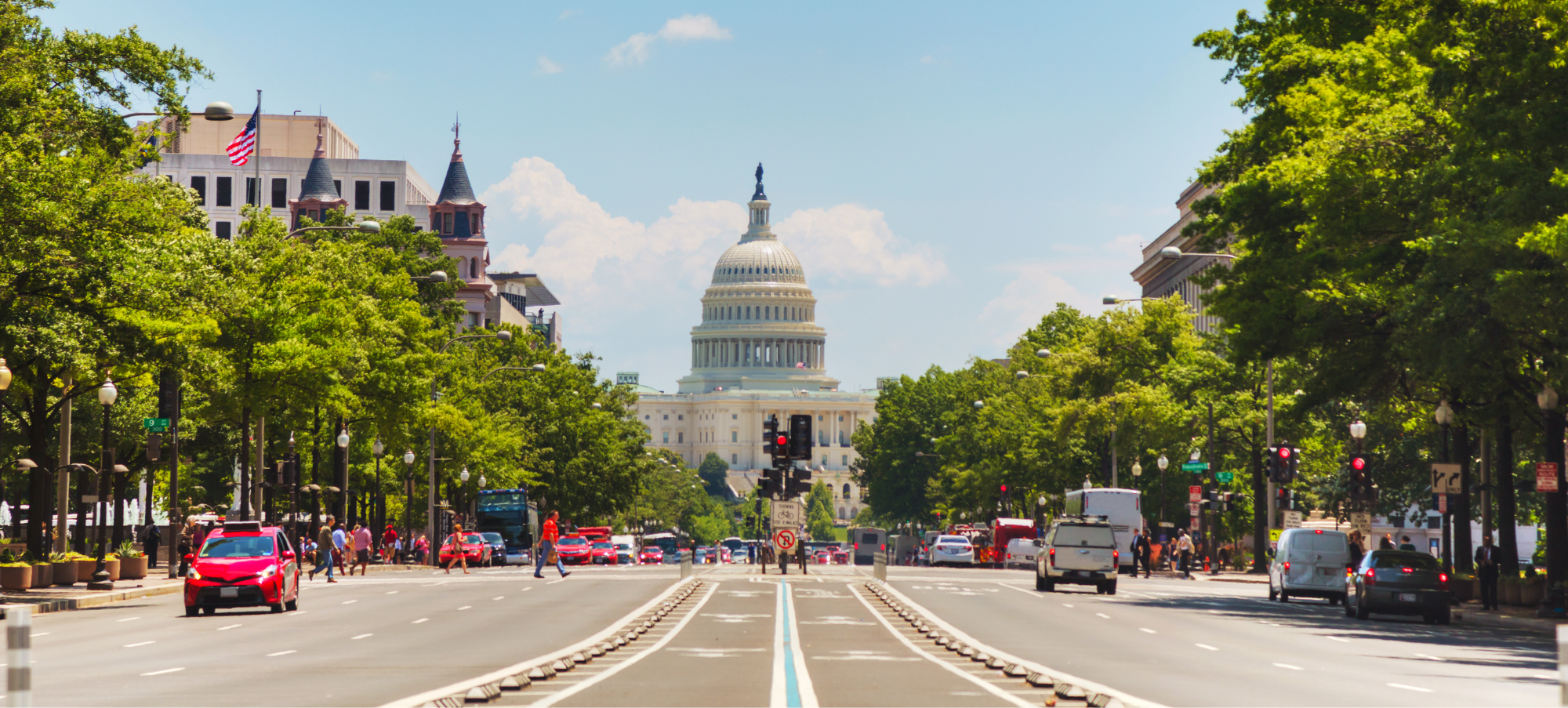
While we might have the most extensive highway infrastructure in the world, our system is delivering pitifully poor results compared to our peers when it comes to cost, efficiency, emissions, and safety. What can Congress and USDOT do to invest in the rest?
Week Without Driving showcases the need to invest in the rest
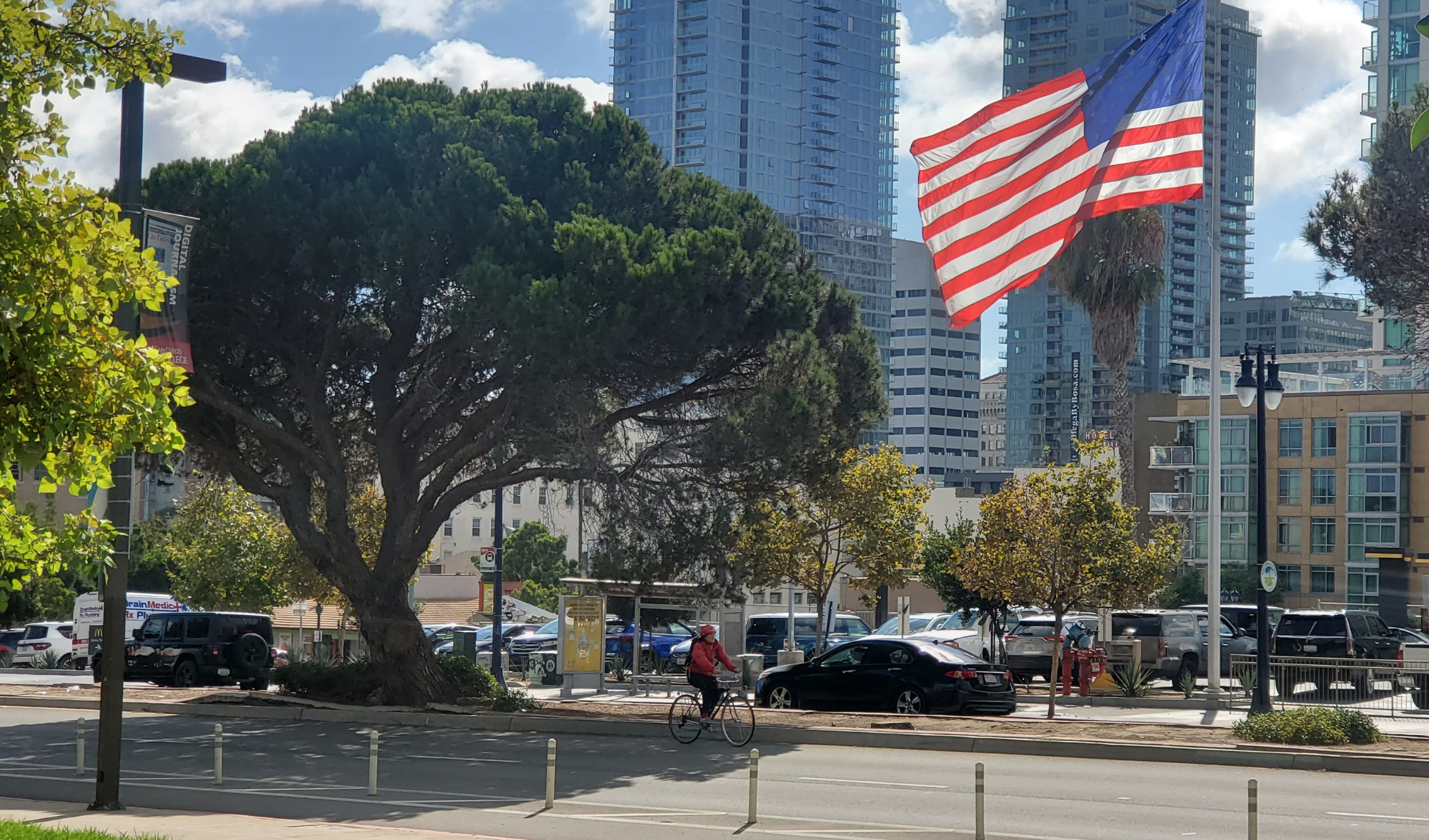
Last week, Transportation for America joined organizations and advocates nationwide in the Week Without Driving challenge. During this week, all Americans, including transportation practitioners and policymakers, are encouraged to travel without a car, allowing them to experience local barriers to walking, biking, and taking public transit firsthand.
Time to tip the scales in favor of more transportation options
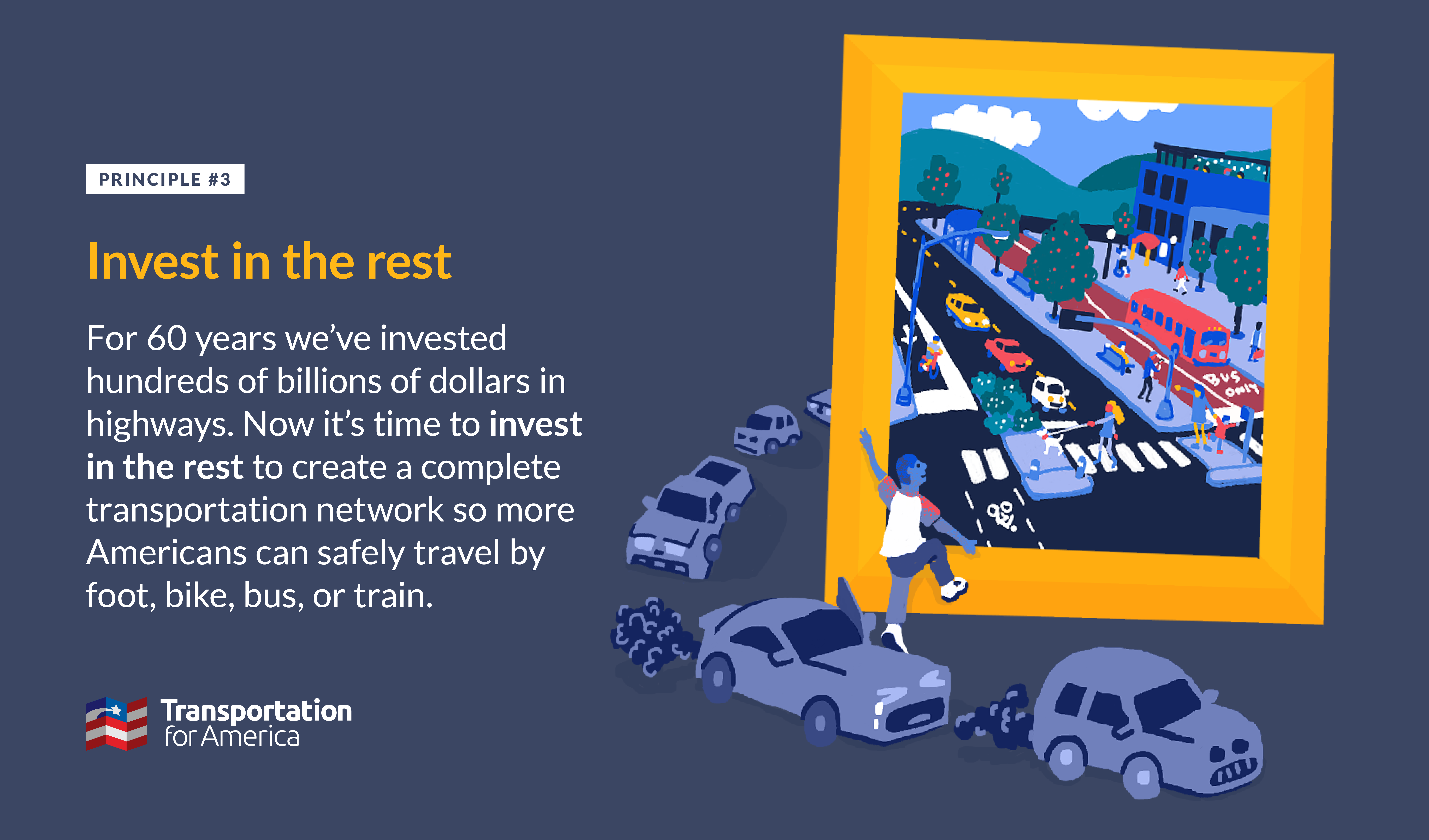
For decades, federal highway funding and funding for all other types of transportation (public transit, opportunities to walk and bike) have been severely unbalanced. In order to reduce greenhouse gas emissions, pedestrian deaths, and traffic, the Department of Transportation must invest in more transportation alternatives.
Three principles to guide federal transportation spending

It’s time for transportation investments that achieve results for all Americans. For future investments in U.S. infrastructure, Congress should follow three key principles: prioritize safety over speed, fix it first, and invest in the rest.
Maximizing the benefits of EV charging with the RECHARGE EV Act
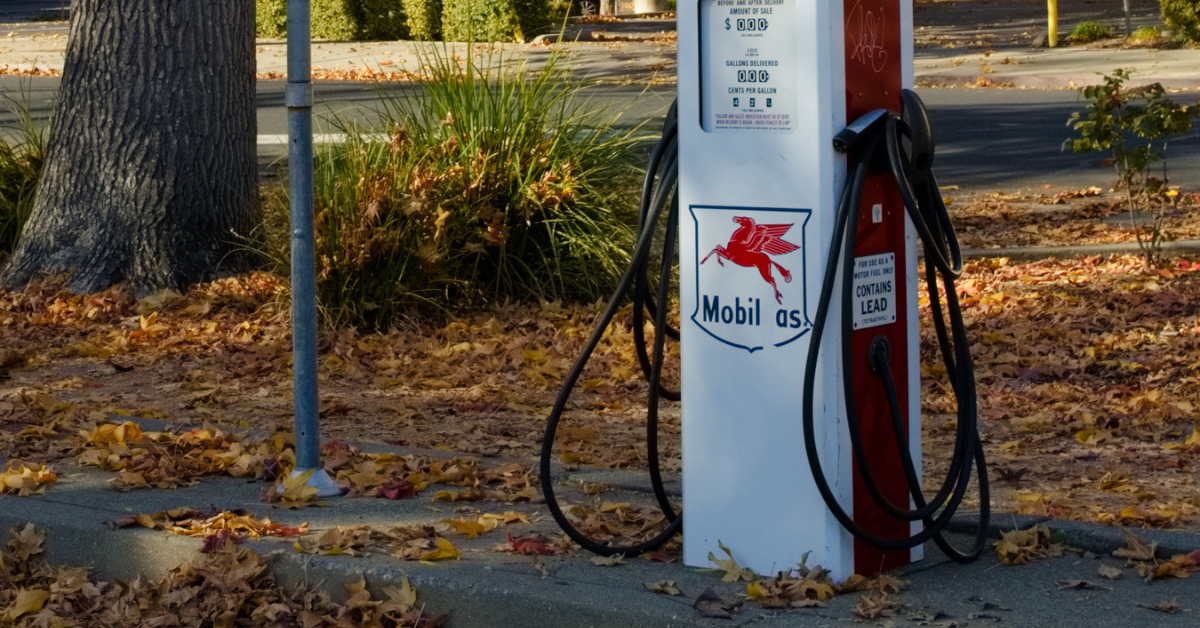
The Infrastructure Investment and Jobs Act (IIJA) is rolling out billions in funding for high-powered electric vehicle chargers along highways, but the main beneficiary of these funds has been gas stations—missing out on prime opportunities to support other local businesses. A new bill introduced to Congress last week could enable electrification funds to drive economic development opportunities in small towns.
Complete Streets make a difference
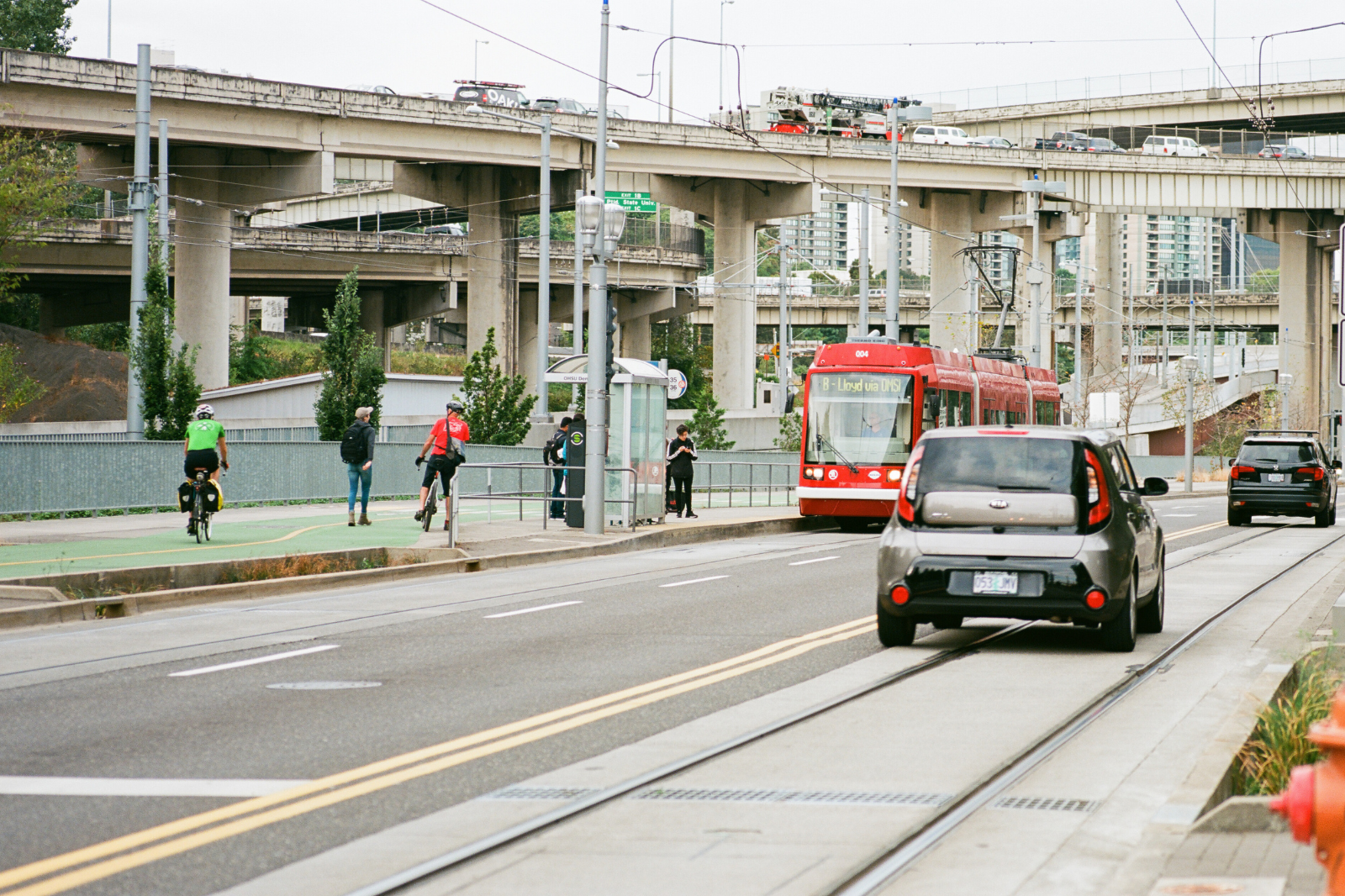
Though it’s an uphill battle, national efforts to prioritize safety over speed really can gain momentum and achieve results. The Complete Streets movement is one such example.















